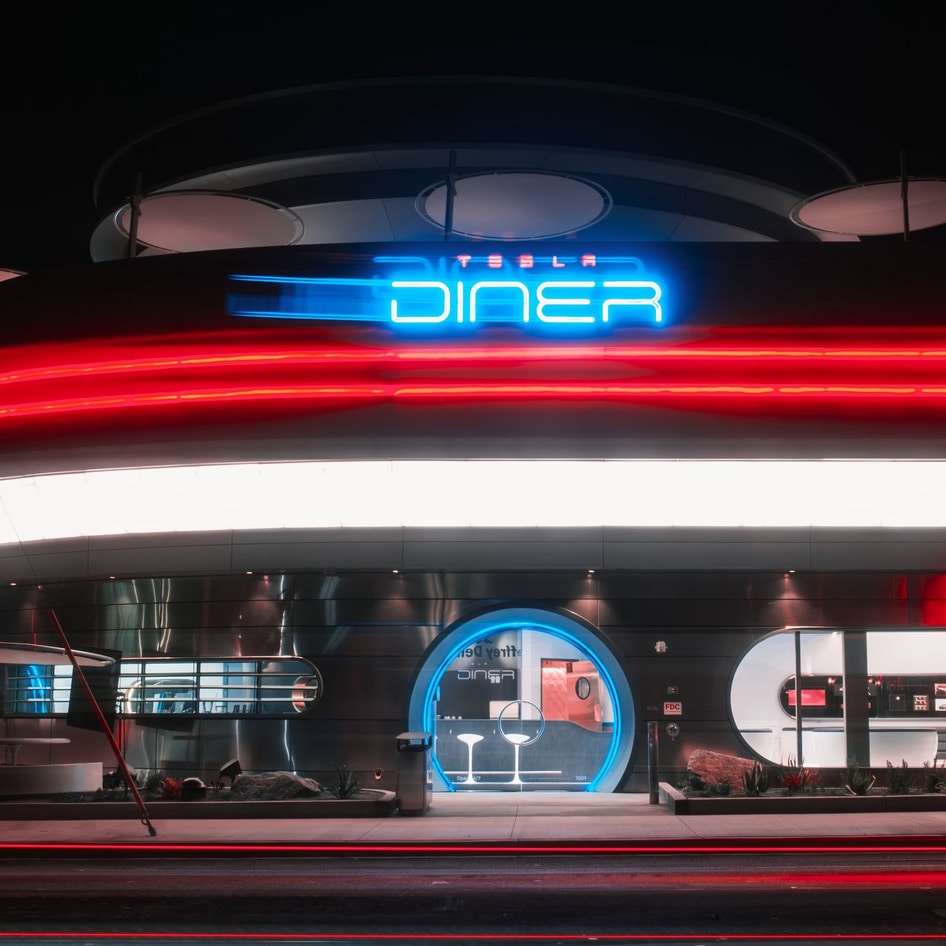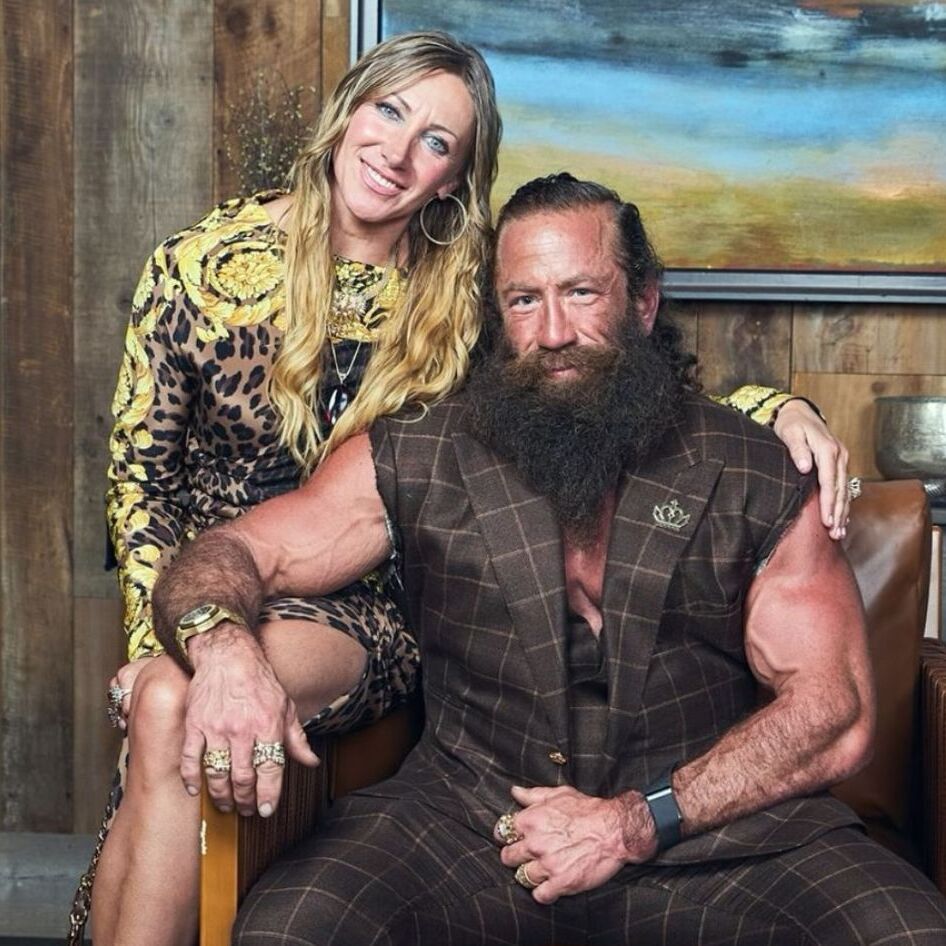Nuclear Energy: Good or Bad?
This controversial energy source is back in the spotlight after the crisis at Japan’s Fukushima Daiichi Power Station.
April 3, 2011
Thought of as both a miracle of science and a doomsday wish, nuclear energy has become a widely used and widely contested source of electricity worldwide. Currently in the spotlight due to the near-meltdown at the Fukushima Daiichi Power Station as a result of the devastating earthquake and tsunami of March 11, 2011, nuclear energy has come to the forefront of political, technological, and public-safety discussions. Here is a guide to the history, technology, and debate behind nuclear power.
Nuclear Power 101
Roughly 14 percent of the world’s electricity is generated from nuclear power, more than half of which is generated in the United States, Japan, and France. Nuclear fission occurs when a radioactive substance, usually uranium or plutonium, absorbs a neutron. Fission splits the atom into smaller nuclei and releases radiation, free neutrons, and heat. Some of those free neutrons are then absorbed by other atoms, creating a chain reaction. At today’s nuclear power plants, these chain reactions are controlled inside of a nuclear reactor that is surrounded by water. The water, which becomes extremely hot as a result of fission, produces steam, which then spins turbines that create energy.
As it Stands
The United States currently has 104 operating nuclear reactors that provide about 20 percent of the country’s electricity. Proponents maintain that nuclear energy is a renewable energy source that has low carbon dioxide emissions and, for the US particularly, benefits national security by decreasing dependence on foreign countries for energy. The Obama administration is supportive of nuclear power both as a clean-energy source and as a way to decrease American dependence on foreign oil. In a speech on March 30, President Obama said, “It’s important to recognize that nuclear energy doesn’t emit carbon dioxide in the atmosphere. So those of us who are concerned about climate change, we’ve got to recognize that nuclear power, if it’s safe, can make a significant contribution to the climate change question.” He went on to state the need to learn from the events in Japan, but that “we can’t simply take it off the table.” Critics, however, cite radioactive nuclear waste, nuclear radiation, nuclear-weapons technology and development, and nuclear accidents as reasons to reduce or diminish the production of nuclear power. Greenpeace, an opponent of nuclear power, also notes, “For years nuclear plants have been leaking radioactive waste from underground pipes and radioactive waste pools into the ground water at sites across the nation.” Radiation can even taint food supplies—in the wake of the disaster at Japan’s Fukushima Daiichi Power Station, radiation has been found in milk, spinach, and other produce, and the FDA has banned all milk, vegetable, and fruit imports from Japan in response to public fears.
Room for Error
In response to the catastrophe in Japan, millions of Americans looked to their own shores and questioned the safety of the country’s nuclear power plants. The US Nuclear Regulatory Commission (NRC) issued a two-step review of the US’ 104 nuclear power plants, conducting both short- and long-term analyses, with the first update slated for mid-April. A review by ABC News, however, says that in the last four years, 56 safety violations have been found at US nuclear power plants, including deteriorating cooling pipes and defective backup power generators. Still, the NRC insists that all of America’s reactors operate “at world-class safety levels.”
What began with the discovery of the neutron in 1932, nuclear energy has caused death and destruction to both people and the planet, but supporters believe it can still be used safely and responsibly as a source of clean, renewable energy.
JUMP TO ... Latest News | Recipes | Guides | Health | Subscribe







